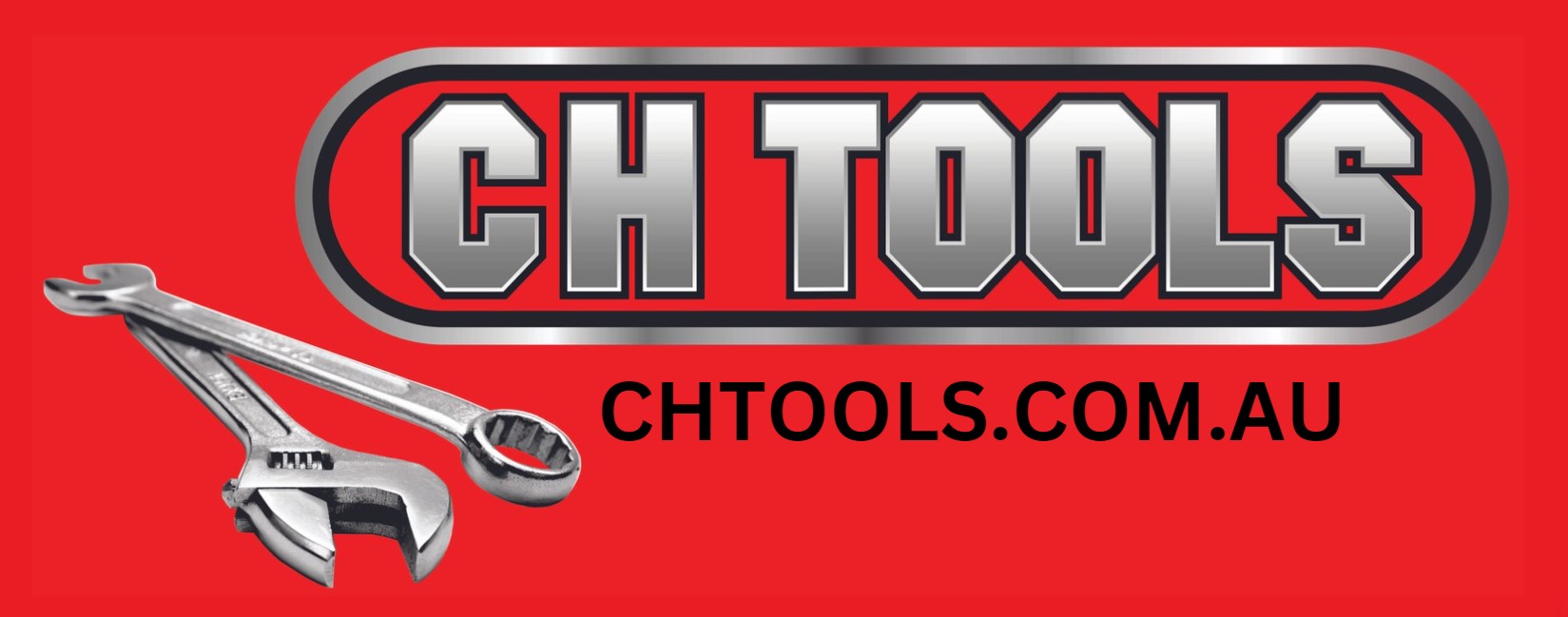Follow us:
Essential Safety & Personal Protective Equipment: Safeguarding Every Task




Guide to Selecting the Correct Safety and Personal Protective Equipment (PPE) for a Job
Choosing the right safety and personal protective equipment (PPE) is crucial for ensuring safety and compliance in any work environment. Here’s a comprehensive guide to help you select the appropriate PPE for your specific job requirements:
1. Understand the Job and Hazards
- Task Analysis: Identify the specific tasks and activities performed in the job. Common tasks include welding, cutting, handling chemicals, or working at heights.
- Hazard Identification: Determine potential hazards associated with the job, such as physical hazards (e.g., falling objects, sharp edges), chemical hazards (e.g., spills, fumes), biological hazards (e.g., pathogens), and environmental hazards (e.g., extreme temperatures).
2. Types of Personal Protective Equipment
- Head Protection: To protect against impact, falling objects, and electrical hazards.
- Hard Hats: Choose based on the type of impact protection required (e.g., general-purpose, electrical protection).
- Bump Caps: For light head protection against minor bumps and scrapes.
- Eye and Face Protection: To safeguard against flying debris, chemicals, and radiation.
- Safety Glasses: Provide protection against impact and debris. Ensure they have ANSI Z87.1 certification for impact resistance.
- Goggles: Offer a sealed fit for protection against chemicals, dust, and liquid splashes.
- Face Shields: For protection against larger splashes, intense light, or heat.
- Hearing Protection: To protect against noise-induced hearing loss.
- Earplugs: Provide a comfortable fit for prolonged use and reduce noise levels.
- Earmuffs: Offer higher noise reduction and are suitable for environments with extremely high noise levels.
- Respiratory Protection: To safeguard against inhaling harmful substances.
- Dust Masks: For basic protection against dust and particles.
- N95 Respirators: Provide a higher level of protection against airborne particles and pathogens.
- Half-Face or Full-Face Respirators: For protection against chemicals, gases, and vapors. Ensure they are fitted with the appropriate filters or cartridges.
- Hand Protection: To protect against cuts, abrasions, burns, and chemical exposure.
- Work Gloves: Choose based on the specific hazards (e.g., cut-resistant gloves, heat-resistant gloves, chemical-resistant gloves).
- Fingerless Gloves: For tasks requiring dexterity while still offering some level of protection.
- Foot Protection: To protect against impacts, compression, and punctures.
- Safety Boots: Choose boots with features such as steel toes, slip-resistant soles, and puncture resistance.
- Metatarsal Guards: For additional protection of the foot’s upper part in environments with heavy objects.
- Body Protection: To safeguard against cuts, burns, and environmental conditions.
- Work Suits: Select based on the type of protection needed (e.g., flame-resistant suits, chemical-resistant suits).
- Aprons: For additional protection in environments where splashes or cuts are common.
- Fall Protection: For tasks performed at heights.
- Harnesses: Choose based on the type of work and ensure proper fit and adjustment.
- Lanyards and Lifelines: For securing workers and preventing falls. Ensure they are rated for the specific type of work and height.
- First Aid Kits: Ensure kits are stocked with the necessary supplies for treating common injuries and are easily accessible.
3. Selecting PPE
- Compliance with Standards: Ensure PPE meets relevant safety standards and regulations (e.g., OSHA, ANSI, EN).
- Fit and Comfort: Select PPE that fits well and is comfortable to wear for extended periods. Proper fit enhances effectiveness and reduces the likelihood of PPE being removed or not used properly.
- Functionality: Choose PPE that does not hinder the ability to perform job tasks. Ensure it allows for necessary movement and dexterity.
- Durability: Consider the durability of the PPE based on the job’s demands. High-quality, durable PPE provides better protection and longer service life.
4. Safety Features
- Adjustability: Look for PPE with adjustable features to ensure a secure fit.
- Visibility: In environments with low light or high traffic, choose PPE with reflective materials or bright colors for better visibility.
- Ease of Use: Select PPE that is easy to put on and take off and allows for quick removal in an emergency.
5. Training and Usage
- Training: Ensure workers are trained on the proper use, maintenance, and limitations of PPE.
- Proper Usage: Follow guidelines for wearing and maintaining PPE. Ensure PPE is used correctly and consistently.
- Maintenance: Regularly inspect and maintain PPE to ensure it remains in good working condition. Replace damaged or worn-out equipment promptly.
6. Cost Considerations
- Budget vs. Quality: Balance cost with the quality and effectiveness of the PPE. Investing in higher-quality PPE can provide better protection and durability.
- Bulk Purchasing: Consider purchasing PPE in bulk if multiple workers require the same equipment, but ensure proper storage and management.
7. Regulations and Compliance
- Local Regulations: Adhere to local safety regulations and guidelines for PPE use.
- Legal Requirements: Ensure compliance with legal requirements for PPE in your industry or region.
8. Environmental Impact
- Eco-Friendly Options: Choose PPE made from environmentally friendly materials or that can be recycled or disposed of responsibly.
- Waste Management: Follow proper disposal procedures for used or damaged PPE to minimize environmental impact.
By carefully evaluating these factors, you can select the correct safety and personal protective equipment to ensure a safe working environment and protect against potential hazards.
CONTACT US TO FIND OUT MORE ABOUT THE TOOLS WE RANGE IN-STORE
